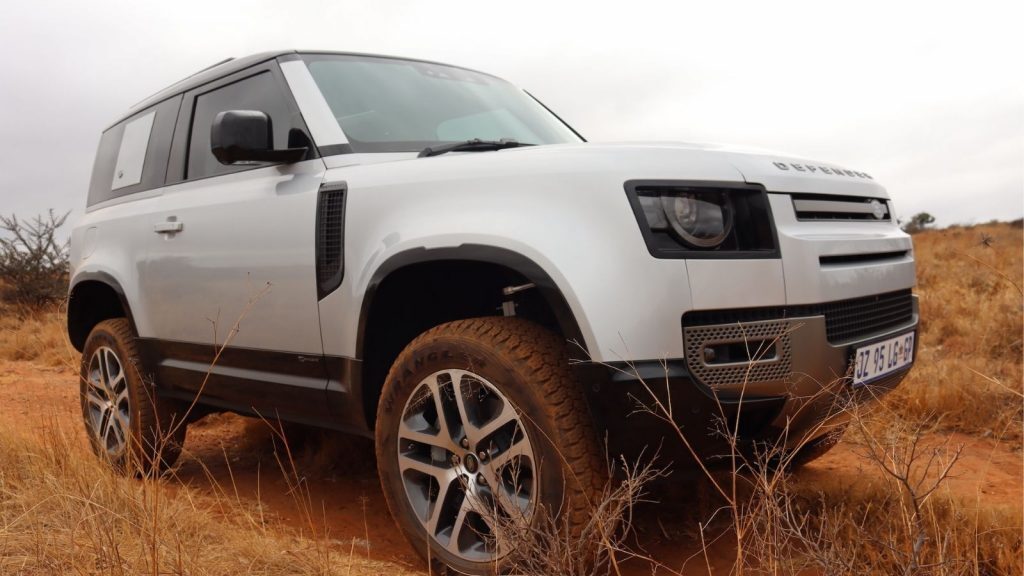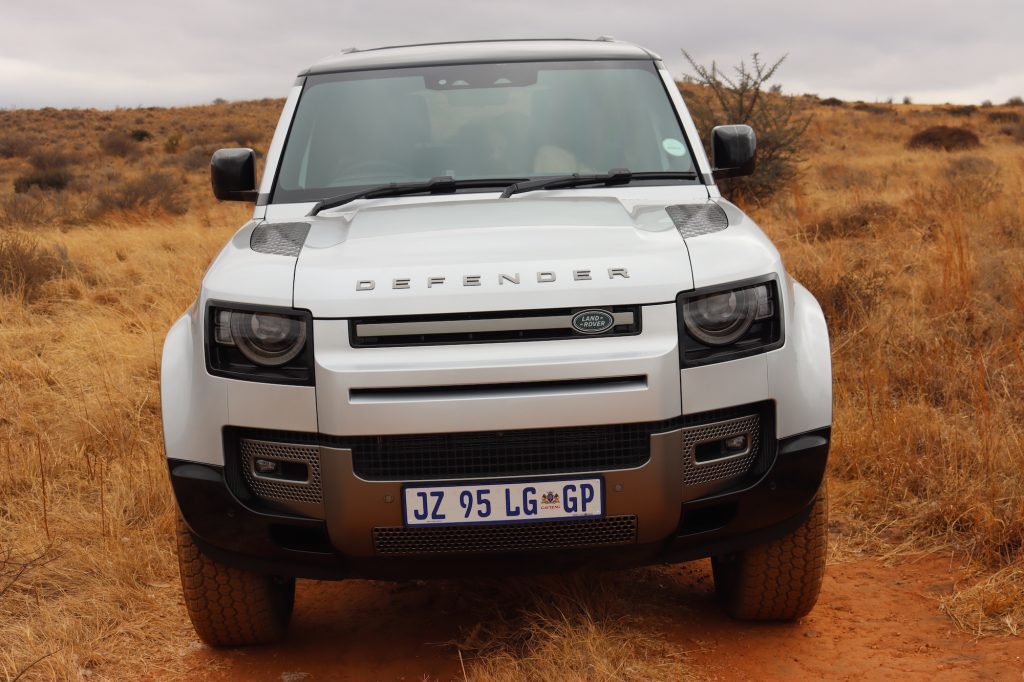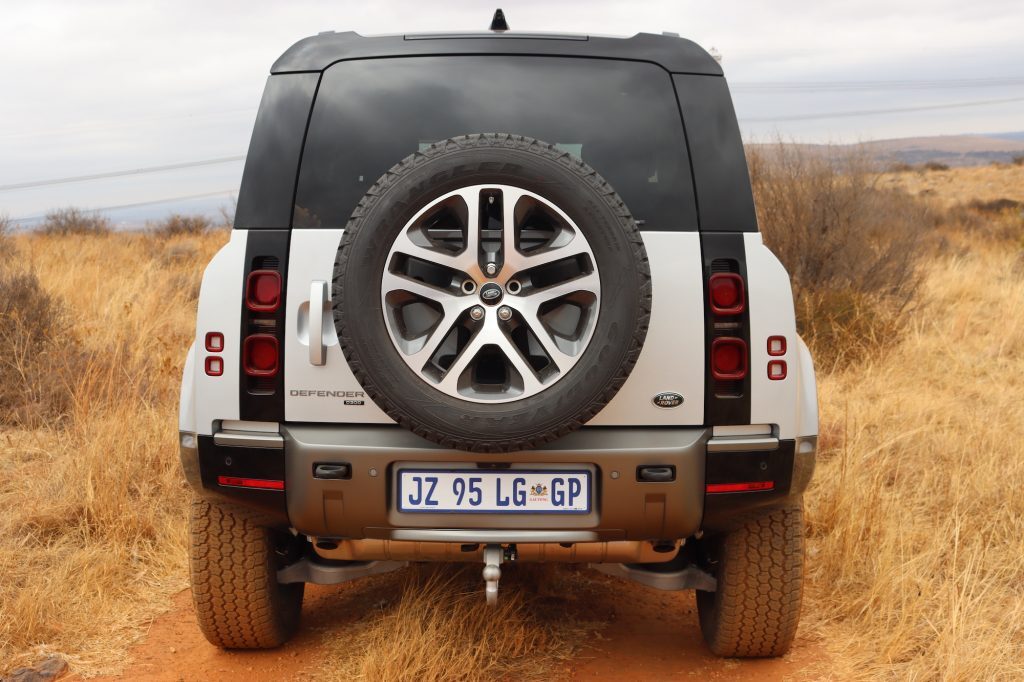Long story short, you'll want to drive around in the Defender 90. On-road, off-road, it's all equally amazing, though it's much more fun away from the tarmac. Whether you can afford it is another matter -- at more than R1.5 million, it's not exactly in the realm of the accessible-to-everyone. That's a shame, because it's one hell of a ride.
-
Comfort
-
Driveability
-
In-car tech
-
Attractiveness
-
Price
One of our highlights of last year was taking Land Rover’s Defender 110 out for a few days, testing it on- and off-road. The four-door tank was an impressive experience but its slightly smaller sibling, the Land Rover Defender 90, might be an even better proposition.
And that’s despite not being quite as loaded as the 110 was. Some of the pricer additions, like the reverse camera replacing the rear-view mirror, were missing (though the hardware was there) but we were more taken with the two-door Defender 90. Maybe it’s because we didn’t have to pack in an entire family and disappear them over a mountain for a couple of weeks — this Defender’s just a little more… fun.
The town square
Landy’s Defender series has long been ‘the boxy one’ and that has carried over here. Some of the edges have been smoothed but it’s still noticeably a Defender — slightly blockier than its counterparts. But, unless you’re counting the doors, it’s possible to mistake it (from the front or rear) for the Defender 110. It’s the family resemblance that does it.
This carries over to the interior as well, which — owing to how lush the interior of the Defender 110 is — is far from a bad thing. Seats are deep, comfortable and easily adjusted to suit you, seat warmers reside underneath in case you’re cruising over the Drakensberg in winter and don’t plan on feeling temperatures like a poor person, and there’s a comprehensive set of controls in the steering wheel, the centre console and the 10in touchscreen infotainment system.
Most of these overlap, so you don’t have to do more than tap a screen at low speed or shift a thumb when you’re riding the highways at near the 191km/h top speed, but since everything only really works at low speed or while stationary, odds are you’ll manage to keep your eyes on the road. A built-in HUD (heads-up display) projecting your speed and any navigation prompt onto the windscreen only helps with that.
Have it all
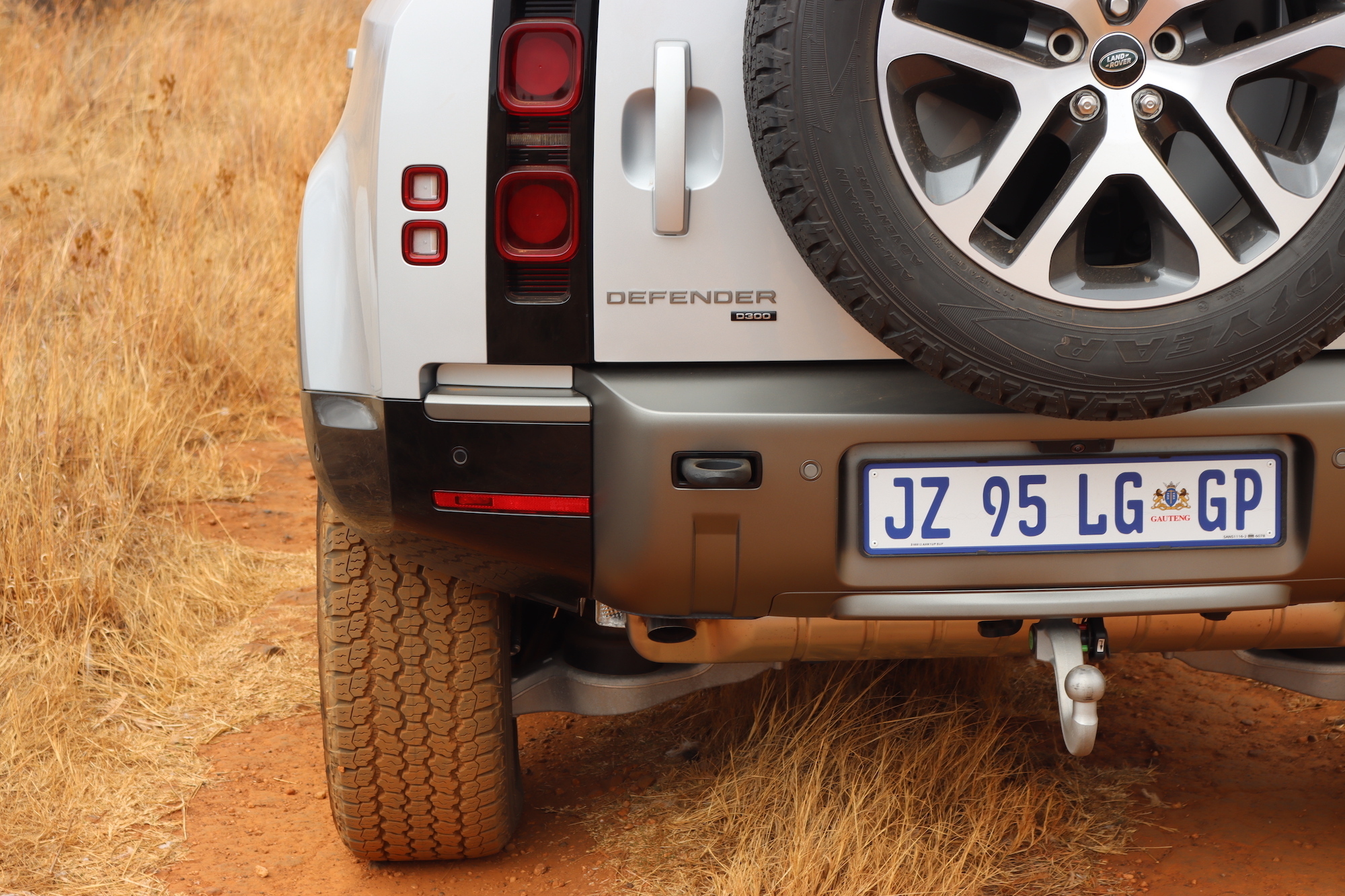 At low speeds, you’ve got a whole host of driver-assist technologies. The top-down view, which makes use of cameras placed around the vehicle, is perfect for making sure you keep your bulky monster-truck between the lines in the Woolworths parking lot, while a side view is also available in case you’re manoeuvring through a tight canyon like you’re supposed to with the Defender 90. The surrounding sensors are impressive, picking up even tall stalks of African grass as potential hazards, while closing too quickly with the vehicle in front of you will set off an alarm (and the Defender 90 will slow you down, just a tad, if you’re not responding fast enough).
At low speeds, you’ve got a whole host of driver-assist technologies. The top-down view, which makes use of cameras placed around the vehicle, is perfect for making sure you keep your bulky monster-truck between the lines in the Woolworths parking lot, while a side view is also available in case you’re manoeuvring through a tight canyon like you’re supposed to with the Defender 90. The surrounding sensors are impressive, picking up even tall stalks of African grass as potential hazards, while closing too quickly with the vehicle in front of you will set off an alarm (and the Defender 90 will slow you down, just a tad, if you’re not responding fast enough).
There’s also lane-assist to look forward to, shown in the HUD as two green lines. This feature only works above a certain speed and when the onboard cameras can clearly see the lines painted on the road, meaning it’s a little sketchy on South African roads. When it can see, it’ll adjust you back into your lane if you start to drift (accidentally or on purpose). The first time this happens is a little alarming, but you’ll probably become accustomed to it.
That’s in addition to the driving tech for off-road — adjustable suspension (up for off-road, down to get passengers on, normal for road driving), hill start assist, low-range — and the in-car tech. The 12.3in driver display has been tweaked, and it’s almost a pity that you’ll mostly be using the HUD, the 10in infotainment system is easy to navigate and connect to, plus the centre console hides a small refrigerated compartment as well as a wireless charger for your smartphone. Oh, yes, there’s also a sunroof, in case you watch to catch a tan without leaving your air-conditioned comfort pod.
Land Rover Defender 90 Verdict
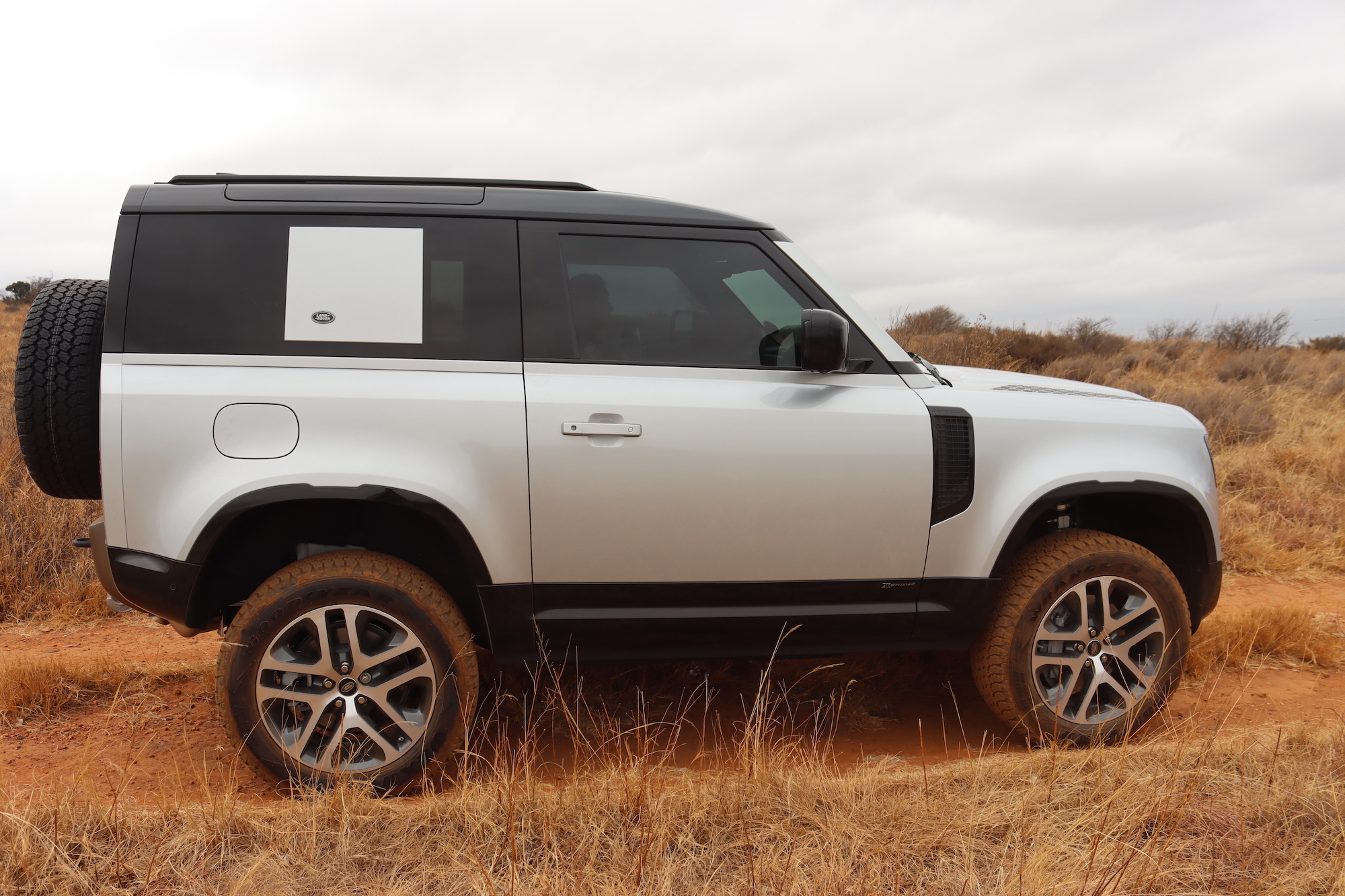 The biggest barrier to entry for this vehicle is the price tag. Our review model was priced a little over R1.5 million, with the base model clocking in at at least R1.36mil. That’s a whole lot of money, putting this Defender out of reach of all but the well-heeled. You know, people who can afford to own a house instead of just renting. But that doesn’t stop you from wanting to own one — cruising around town in one of these is a one-way ticket to a) feeling a little superior to everyone else, and then b) feeling bad about it, but it’s also one heck of an experience. Plus, once you’ve taken it on rougher terrain, you’ll never want to do anything else ever again.
The biggest barrier to entry for this vehicle is the price tag. Our review model was priced a little over R1.5 million, with the base model clocking in at at least R1.36mil. That’s a whole lot of money, putting this Defender out of reach of all but the well-heeled. You know, people who can afford to own a house instead of just renting. But that doesn’t stop you from wanting to own one — cruising around town in one of these is a one-way ticket to a) feeling a little superior to everyone else, and then b) feeling bad about it, but it’s also one heck of an experience. Plus, once you’ve taken it on rougher terrain, you’ll never want to do anything else ever again.

